Hi there, pet lovers! 🕷️
If you’re fascinated by arachnids and looking for a unique, low-maintenance pet, the Giant Wolf Spider (Hogna spp.) might be worth considering. These spiders are known for their impressive size, incredible speed, and hunting prowess. Unlike many other spiders, they don’t build webs to catch prey—instead, they actively hunt down their meals, making them a thrilling addition to any invertebrate enthusiast’s collection.
In this detailed review, we’ll explore everything you need to know about keeping a Giant Wolf Spider as a pet. From their temperament and care requirements to their affordability and availability, this guide will help you decide if this fascinating arachnid is the right fit for you.
Overview
Giant Wolf Spiders are large, ground-dwelling arachnids known for their agility, excellent vision, and active hunting behavior. They are part of the Lycosidae family and are found in various habitats worldwide. Here’s a quick summary of what makes them stand out:
- Handling and Temperament: Not ideal for handling; fast and skittish.
- Care and Maintenance: Low-maintenance but require specific enclosure setups.
- Health and Durability: Generally hardy but sensitive to improper conditions.
- Availability: Less common in the pet trade but can be found through specialized breeders.
- Cost: Affordable to purchase and maintain.
- Overall: A fascinating display pet for arachnid enthusiasts but not suitable for frequent handling.

Why Choose a Giant Wolf Spider?
Giant Wolf Spiders are perfect for those who appreciate the raw, natural behaviors of predators. They are active hunters, making them far more engaging to watch than many other pet spiders. Their low-maintenance care requirements and affordable setup costs make them an excellent choice for beginners and experienced keepers alike. However, their skittish nature and lack of handleability mean they are best suited for those who enjoy observing rather than interacting with their pets.
Handling and Temperament
Giant Wolf Spiders are not handleable pets. Their speed, agility, and skittish nature make them difficult to manage outside their enclosure. Here’s what you need to know about their temperament:
- Speed and Agility: These spiders are incredibly fast and can jump or dart away in an instant. Attempting to handle them often results in escape, which can be stressful for both the spider and the keeper.
- Biting: While they are not aggressive, they may bite if they feel threatened. Their venom is not medically significant to humans, but a bite can be painful, similar to a bee sting.
- Stress Indicators: Wolf spiders are prone to stress, which can lead to refusal to eat. Minimizing handling is crucial for their well-being.
Handling Tips
- Avoid handling unless absolutely necessary.
- Use tools like soft paintbrushes or small containers to guide them during enclosure maintenance.
- Always supervise children and ensure they understand that these spiders are not for handling.
Care and Maintenance
Giant Wolf Spiders are relatively low-maintenance, but they do have specific care requirements. Here’s a breakdown of what you’ll need to provide:
Enclosure Setup
- Size: A 5–10 gallon tank is sufficient for one adult spider.
- Substrate: Use a mix of coconut fiber, peat moss, or soil, at least 2–3 inches deep, to allow for burrowing.
- Hides: Provide pieces of cork bark, leaf litter, or small caves for shelter.
- Ventilation: Ensure the enclosure has good airflow to prevent mold growth.
- Lid: A secure, escape-proof lid is essential, as these spiders are expert escape artists.
Humidity and Temperature
- Humidity: Maintain moderate humidity levels (50–70%). Light misting once or twice a week is usually sufficient.
- Temperature: Keep the enclosure at room temperature (70–80°F or 21–27°C). A heat mat is rarely necessary unless your home is particularly cold.
Feeding
- Diet: Giant Wolf Spiders are carnivorous and thrive on live prey. Suitable options include crickets, dubia roaches, mealworms, and other small insects.
- Feeding Schedule: Feed them 2–3 times a week, offering prey that is about half the size of the spider’s body.
- Water: Provide a shallow water dish or mist the enclosure lightly to ensure they stay hydrated.
Lighting
- No special lighting is required, as these spiders are nocturnal. However, a natural day-night cycle can help regulate their behavior.
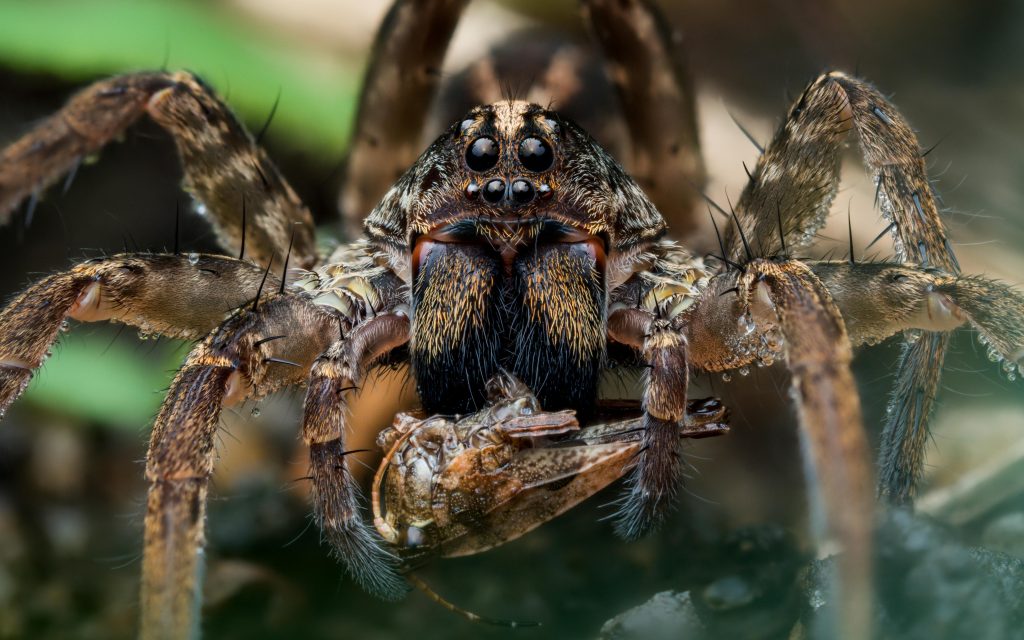
Health and Durability
Giant Wolf Spiders are generally hardy and resilient, but they can be sensitive to environmental changes. Here are some key points to keep in mind:
Common Health Issues
- Dehydration: Ensure they have access to water and maintain proper humidity levels.
- Molting Problems: Like all arachnids, they molt as they grow. Provide adequate humidity and avoid disturbing them during this vulnerable time.
- Stress: Minimize handling and sudden changes in their environment to prevent stress-related issues.
Lifespan
- Females typically live longer than males, with lifespans ranging from 1–3 years.
Availability and Cost
Giant Wolf Spiders are less common in the pet trade compared to tarantulas or scorpions, but they can still be found through specialized breeders, online sellers, or local exotic pet shops.
Where to Buy
- Breeders: The best option, as they provide healthy, well-cared-for spiders.
- Reptile Expos: A great place to meet breeders and see a variety of species.
- Pet Stores: Less common, but some stores may carry them.
Cost
- Spider Price: $10 to $30, depending on the species and size.
- Setup Cost: Around $50 to $100 for a basic enclosure and supplies.
Pros and Cons
Pros
- Fascinating to watch due to their active hunting behavior.
- Low-maintenance and easy to care for.
- Affordable to purchase and maintain.
- No need for special lighting or heating.
Cons
- Not suitable for handling due to their speed and skittishness.
- Require a secure enclosure to prevent escapes.
- Shorter lifespan compared to other pet spiders.
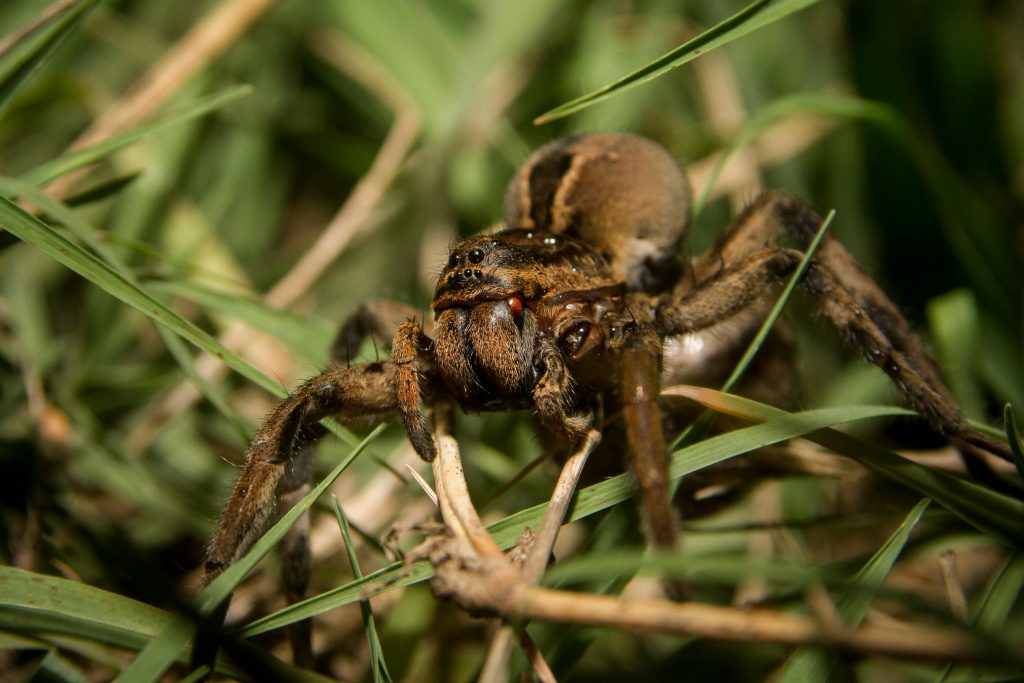
Final Thoughts
Giant Wolf Spiders are incredible pets for those who appreciate the raw beauty and natural behaviors of arachnids. Their active hunting style, low-maintenance care, and affordability make them a great choice for invertebrate enthusiasts. However, their lack of handleability and skittish nature mean they are best suited for those who enjoy observing rather than interacting with their pets.
If you’re considering a Giant Wolf Spider, we recommend visiting a breeder or expo to see them in person. Their unique appearance and fascinating behaviors are sure to captivate you.
Have you owned a Giant Wolf Spider? Share your experiences and tips in the comments below! We’d love to hear how you care for your spider and what makes them special to you.
For more arachnid care tips and reviews, stay tuned to our blog and don’t forget to subscribe to our newsletter! 🕷️

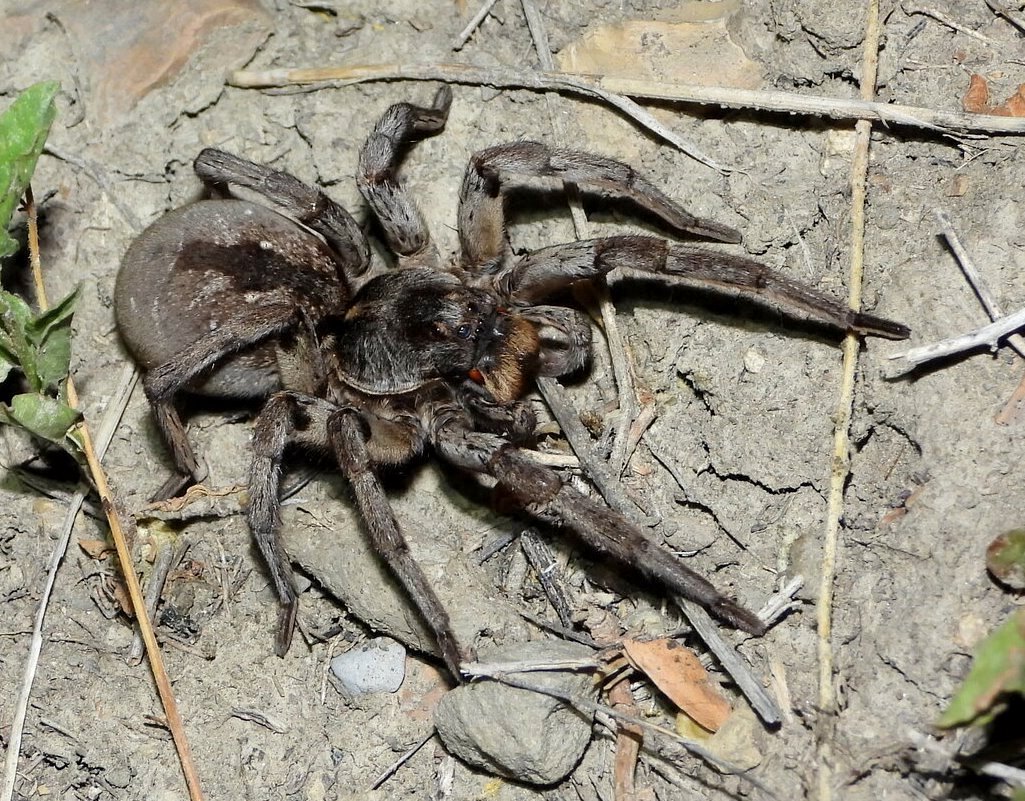

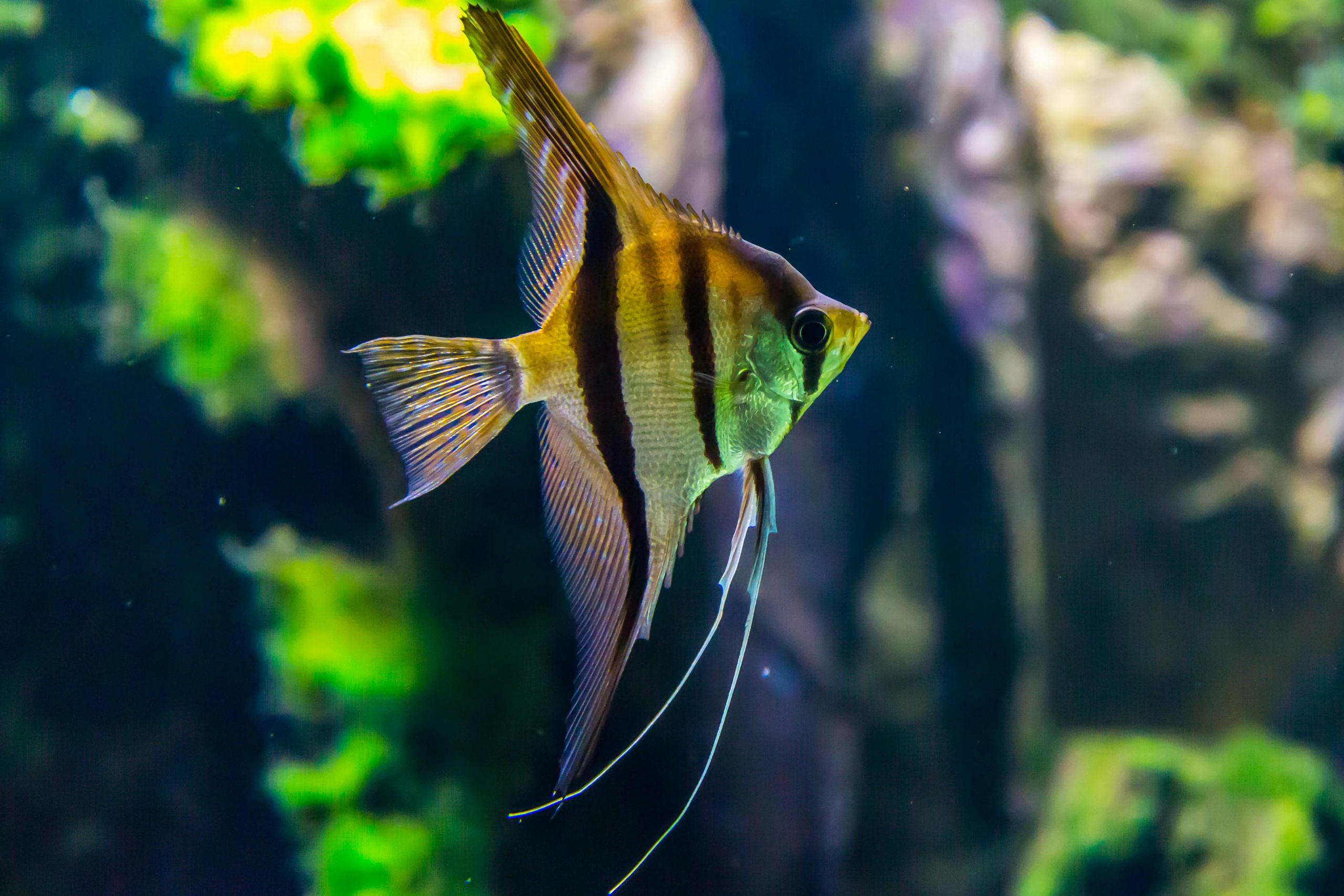
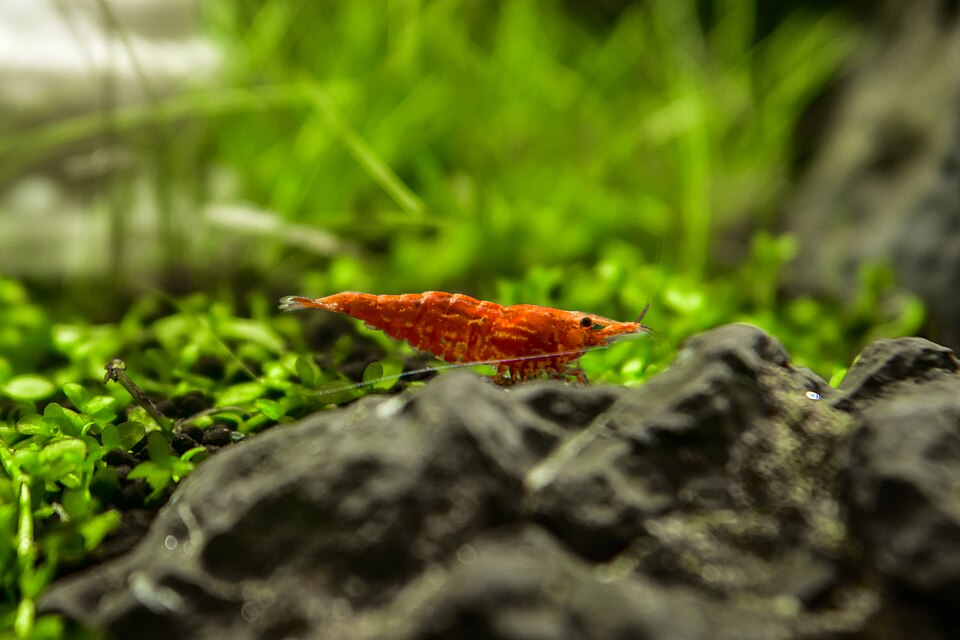

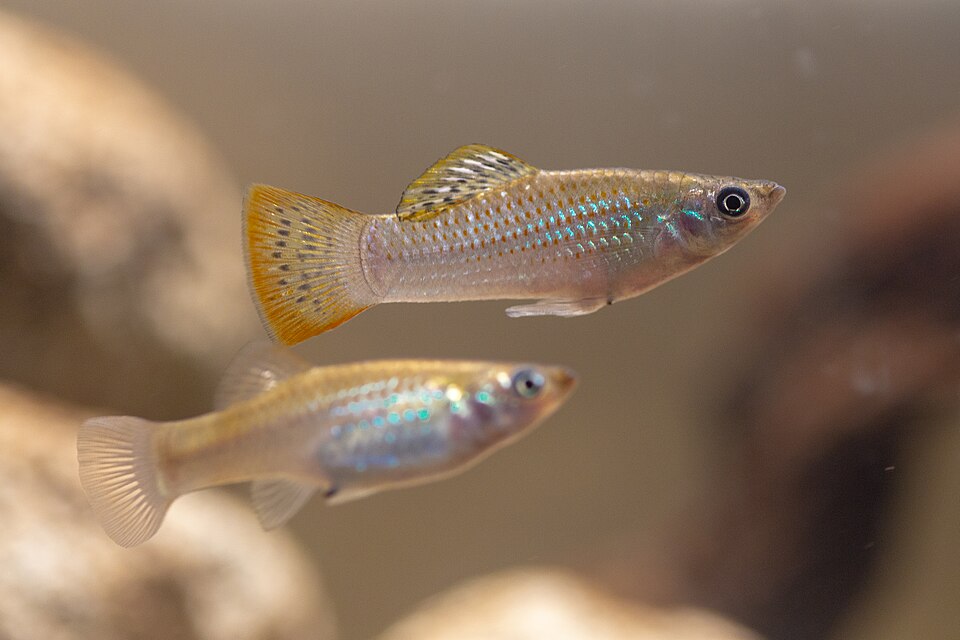
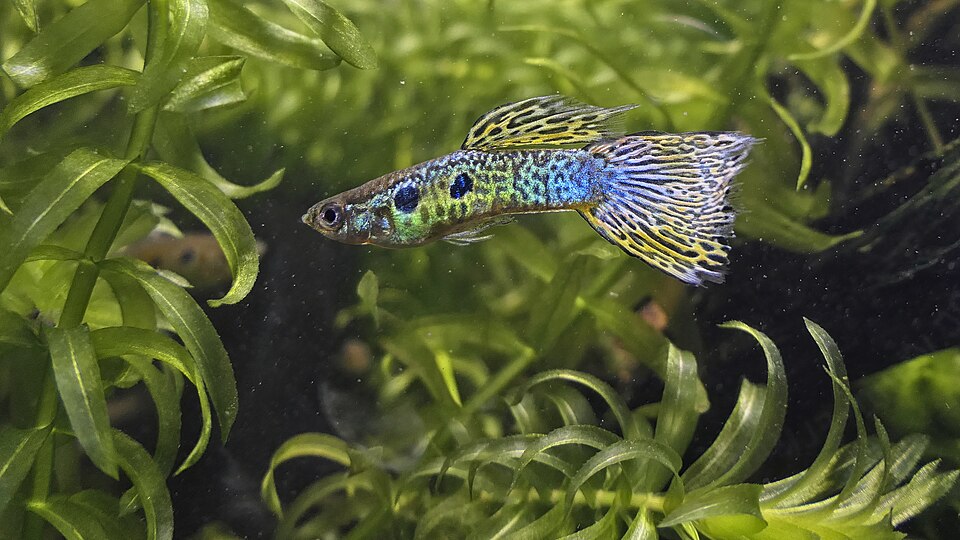
Leave a Reply